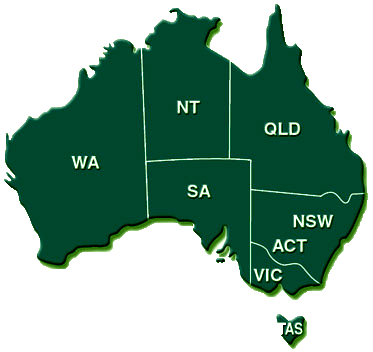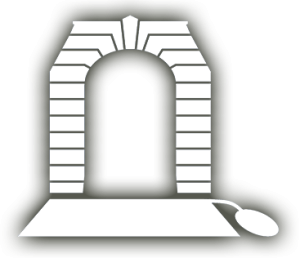A long-awaited agreement with the US to identify Australian war dead from the Korean conflict has finally been signed, boosting Canberra’s case to join the Americans in recovering the remains of missing soldiers and airmen.
Families of the 43 Australian servicemen still listed as missing in action in North Korea applauded the memorandum of understanding, which came as South Korean President Moon Jae-in arrived in Pyongyang for crucial talks with Kim Jong-un.
The MOU between the Australian Defence Department and the Pentagon was first mooted in 2011 to establish a framework to share DNA and other identifying information in case a repository of remains held by the US military in Hawaii contained those of Australians killed in the 1950-53 war.
Progress stalled 11 months ago after a draft of the agreement was settled, frustrating relatives of the Australian MIAs as the final text bounced back and forth between Canberra and Washington.
Ian Saunders, the point man for the families whose father is among the missing, said the agreement could provide a basis for Australian investigators to gain access to suspected burial sites should the North Koreans honour their word and let Americans in.
“There have been breakthroughs before but this is the ultimate to date in terms of getting identification of the remains,” said Mr Saunders, 70. His father, Private John Saunders, was reported missing, presumed killed, in January 1953 in a fierce clash between Australian troops and Chinese regulars on the North Korean side of what’s now the demilitarised zone that divides the peninsula.
Mr Saunders, who turned five the day after his dad went missing, said: “The MOU is a big step forward for us. It’s the green light to pursue things more actively.”
Korean Veterans Association of Australia president Tom Parkinson, who was in the line to the left of John Saunders’s battalion at the time he went missing, insisted the families of the MIAs deserved to bring them home. “It’s long overdue that there is some sort of … finality,” he said. “And none of us are getting any younger.”
The Australian government approached the US to piggyback on its deal with the North Koreans after Donald Trump tied the return of remains to his offer to ease crippling economic sanctions on the rogue state if Kim gave up his nuclear arsenal. Confirming the MOU, a Defence spokesman said last night it formalised long-standing arrangements between the US and Australia to share information on war dead.
Mr Moon’s three-day trip to the North Korean capital is the first by a South Korean leader in a decade but his third meeting with Kim this year, raising hopes they can revive a peace process that looks to have stalled after the hype of the June breakthrough with Mr Trump faded.
The Australian MIA families were advised by the Army’s Unrecovered War Casualties Unit this week that the MOU had been signed by the US Defence POW/MIA Accounting Agency, cementing a close relationship over Korean War dead.

Mr Parkinson, 85, still has raw memories of the night Mr Saunders’ father went missing at the foot of Maryang San, the scene of some of the bloodiest fighting involving Australians. He was a young machinegunner in 1RAR, dug in alongside John Saunders’s battalion, 3RAR, when the 25-year-old private was killed on January 25, 1953. He was one of six who died when a 31-man patrol led by Lieutenant Geoff Smith ran into a concentration of Chinese troops. The officer was among the presumed dead; another seven Australians were taken prisoner.
Mr Parkinson lost friends at Maryang San, a bitter battle for a hill about 2km inside the North Korean DMZ. In July 1952, Lieutenant Laurie Ryan of 3RAR was reported killed alongside two his men, but Mr Parkinson heard conflicting accounts of what had actually happened.
Mr Saunders said he was confident his father’s grave would be found if investigators were allowed into North Korea.
Jamie Walker, Associate Editor
19 September 2018


